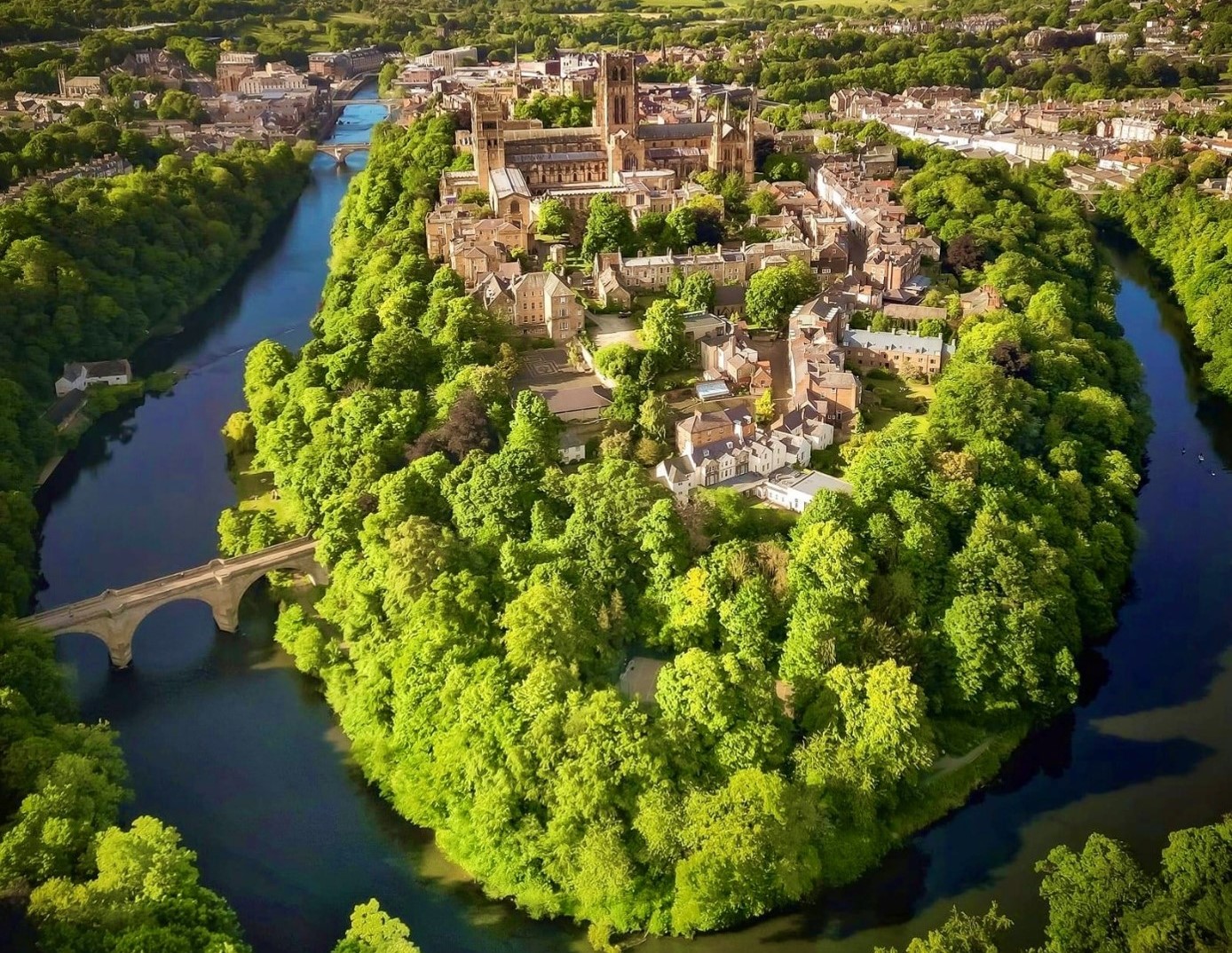County Durham, located in the northeast of England, is a region steeped in history, natural beauty, and industrial significance. With a rich tapestry of landscapes, from rolling hills to industrial urban centers, County Durham has played a pivotal role in shaping the cultural and economic landscape of the United Kingdom.
One of the most iconic landmarks in County Durham is the Durham Cathedral, a UNESCO World Heritage Site and a masterpiece of Norman architecture. Built in the late 11th and early 12th centuries, the cathedral stands majestically on a peninsula formed by the River Wear, overlooking the city of Durham. Its stunning facade and towering spires are a testament to the skill and craftsmanship of medieval builders. The cathedral is not only a place of worship but also a symbol of the region’s religious and cultural heritage.
Adjacent to the cathedral is Durham Castle, another UNESCO World Heritage Site. The castle, originally built as a defensive fortress, has evolved over the centuries and now serves as a college for the University of Durham. Together, the cathedral and castle form a striking ensemble that dominates the Durham skyline, drawing visitors from around the world to marvel at their architectural grandeur.
Moving beyond the urban centers, County Durham boasts a diverse range of landscapes, including the Pennines, a range of hills and mountains that stretch across the region. The Pennines provide ample opportunities for outdoor activities such as hiking, cycling, and birdwatching. High Force, one of England’s most spectacular waterfalls, is also located in County Durham, surrounded by picturesque woodlands and walking trails. Nature enthusiasts and adventurers alike are drawn to the area’s natural beauty and the sense of tranquility it offers.
The industrial history of County Durham is deeply ingrained in its identity. The region played a crucial role during the Industrial Revolution, with coal mining and manufacturing becoming key economic activities. The remnants of this industrial past can still be seen in the form of former coal mines and industrial buildings scattered across the landscape. The Beamish Museum, an open-air museum located in County Durham, provides a vivid and immersive experience of the region’s industrial heritage, showcasing restored buildings, artifacts, and exhibits that transport visitors back in time.
In addition to its historical and natural attractions, County Durham is known for its vibrant local communities and cultural events. Traditional events such as the Durham Miners’ Gala, one of the largest labor festivals in the world, celebrate the region’s mining heritage and bring people together for a day of solidarity and festivities. The local cuisine, featuring hearty dishes like stotty cakes and pease pudding, reflects the region’s working-class roots and adds to the unique cultural identity of County Durham.
In conclusion, County Durham is a region that seamlessly blends history, nature, and industry. From the awe-inspiring Durham Cathedral to the rugged landscapes of the Pennines, the county offers a rich and diverse tapestry for residents and visitors alike to explore. Its past, present, and future are intertwined, creating a unique sense of identity that continues to evolve while preserving the essence of its remarkable heritage.



